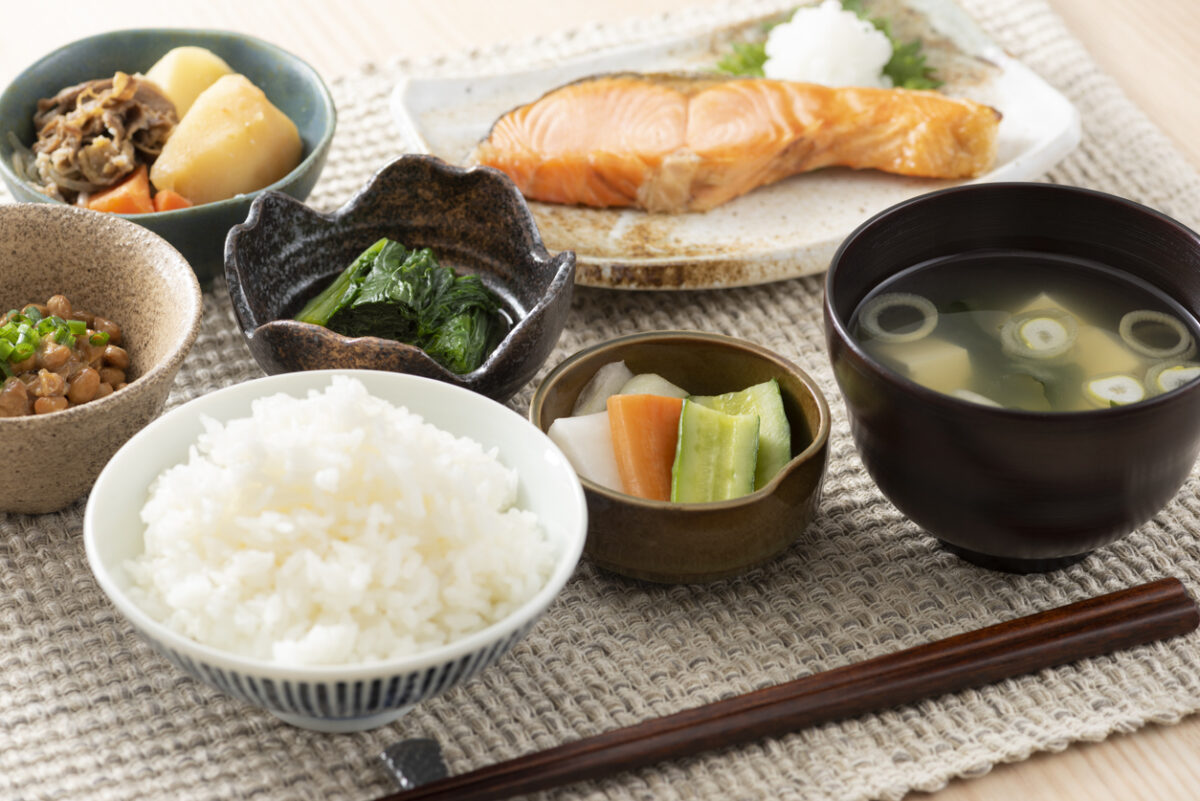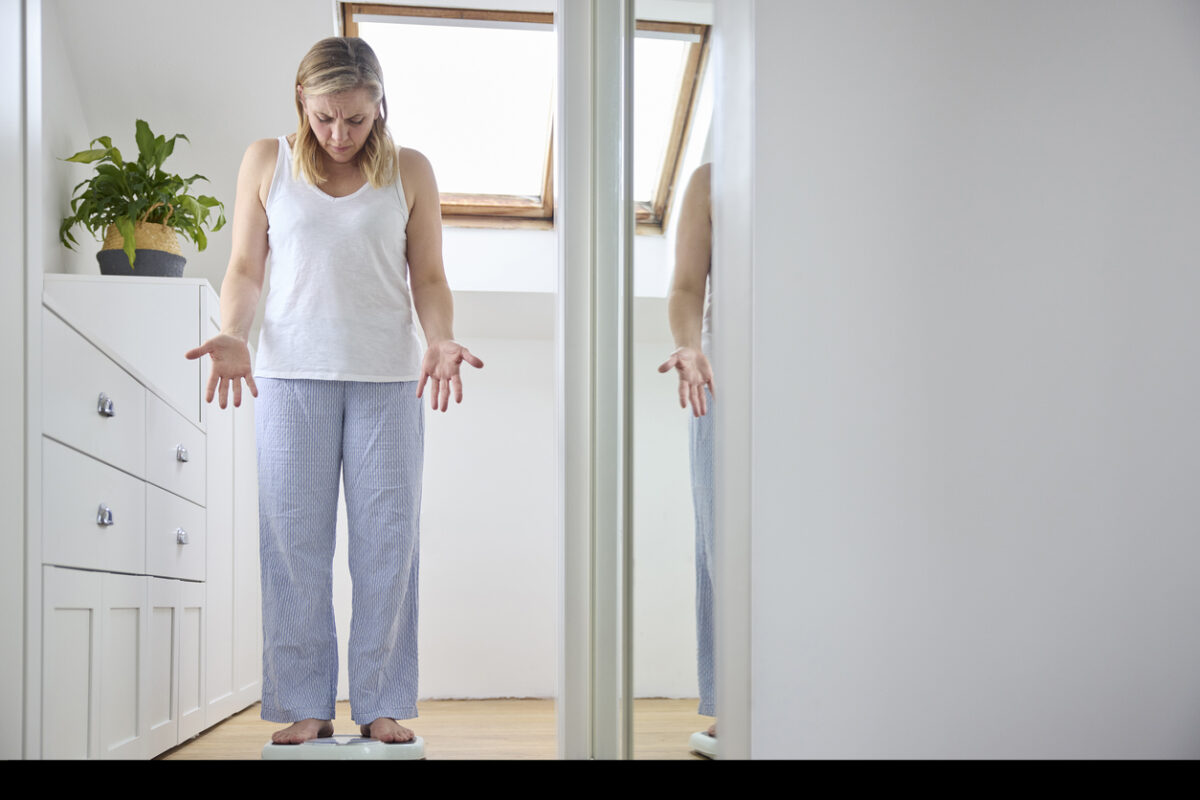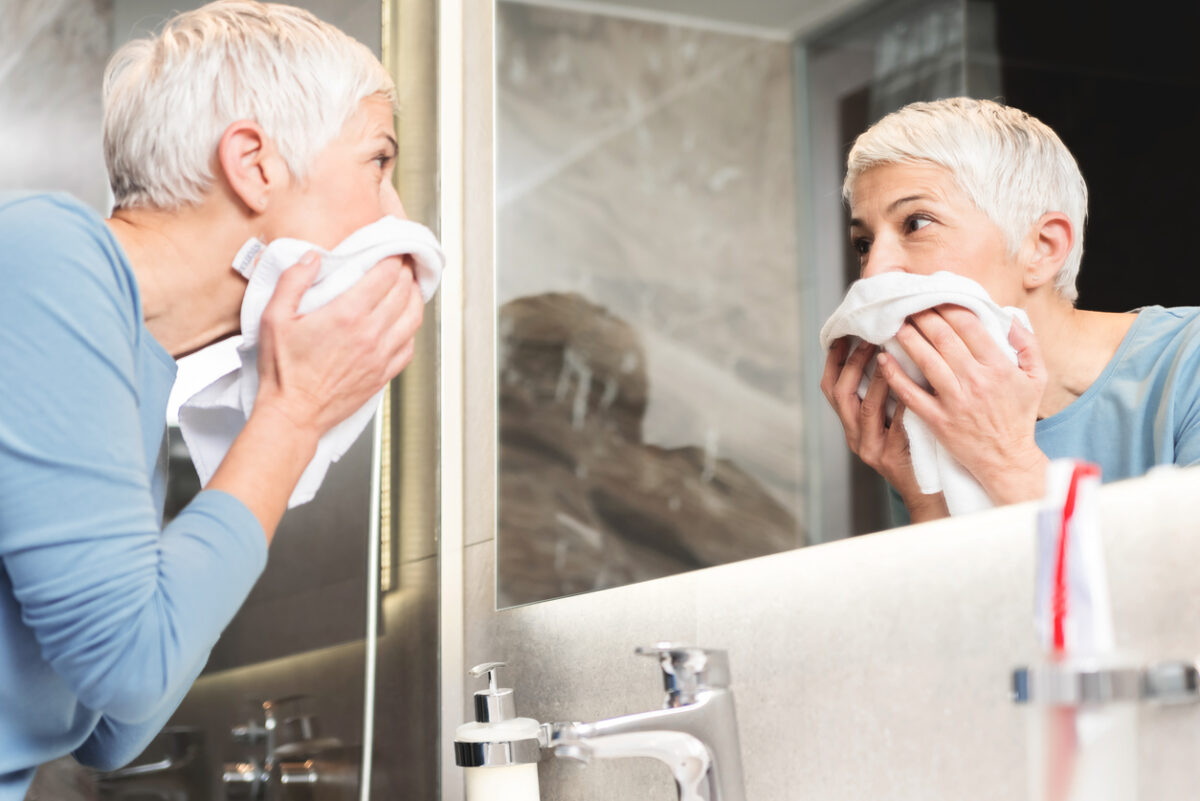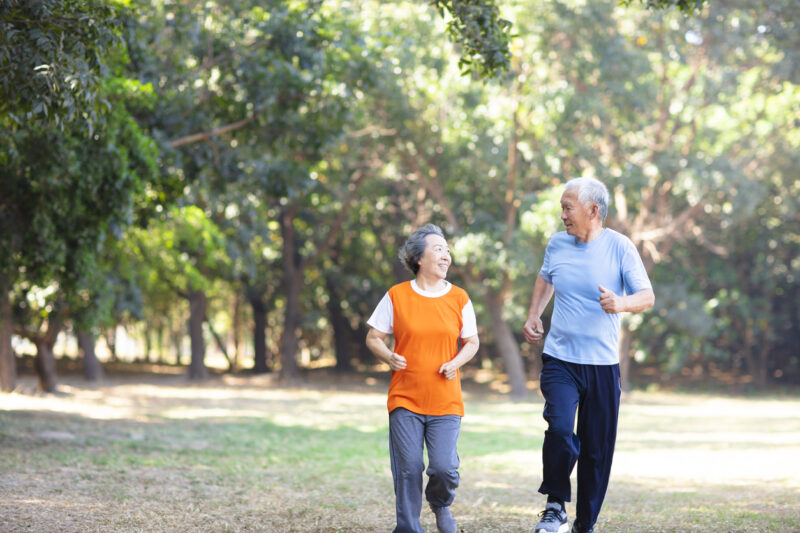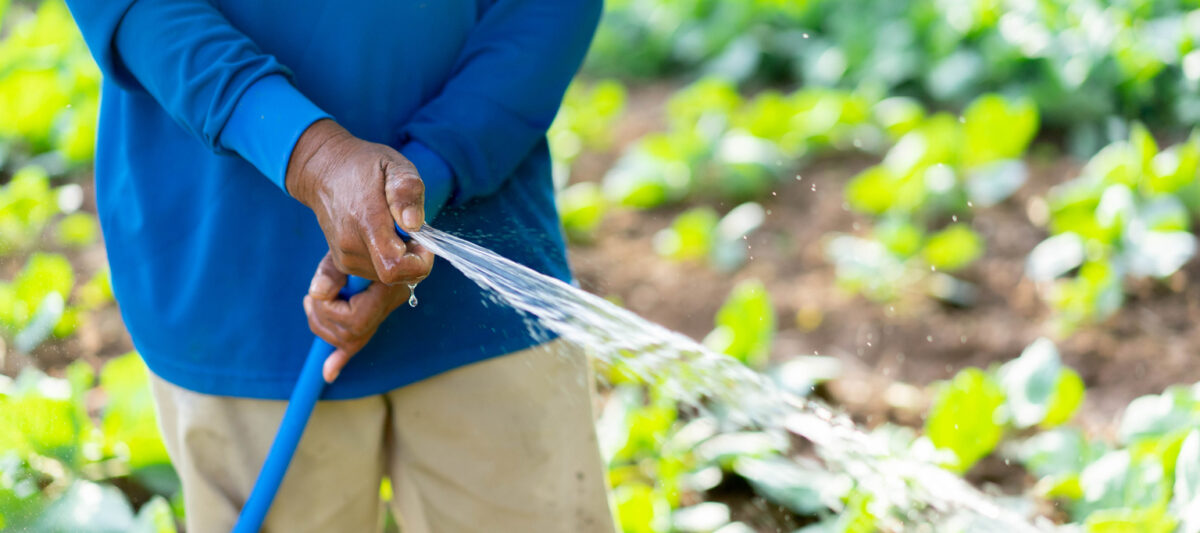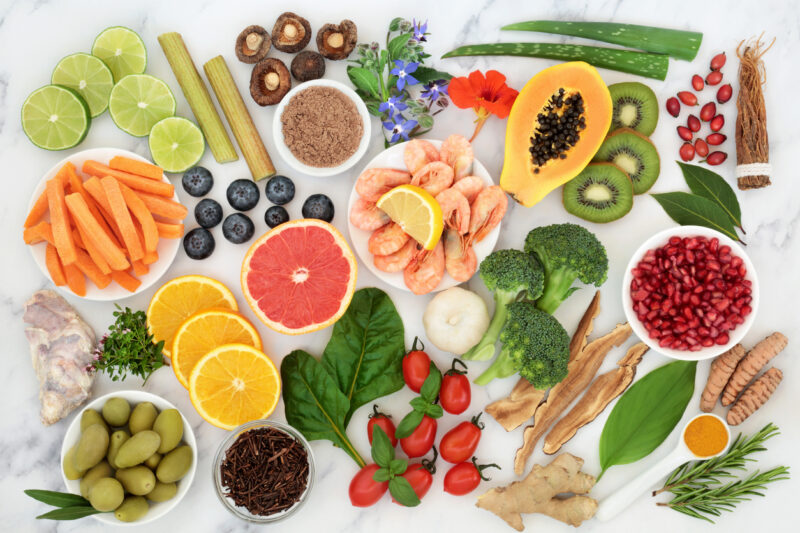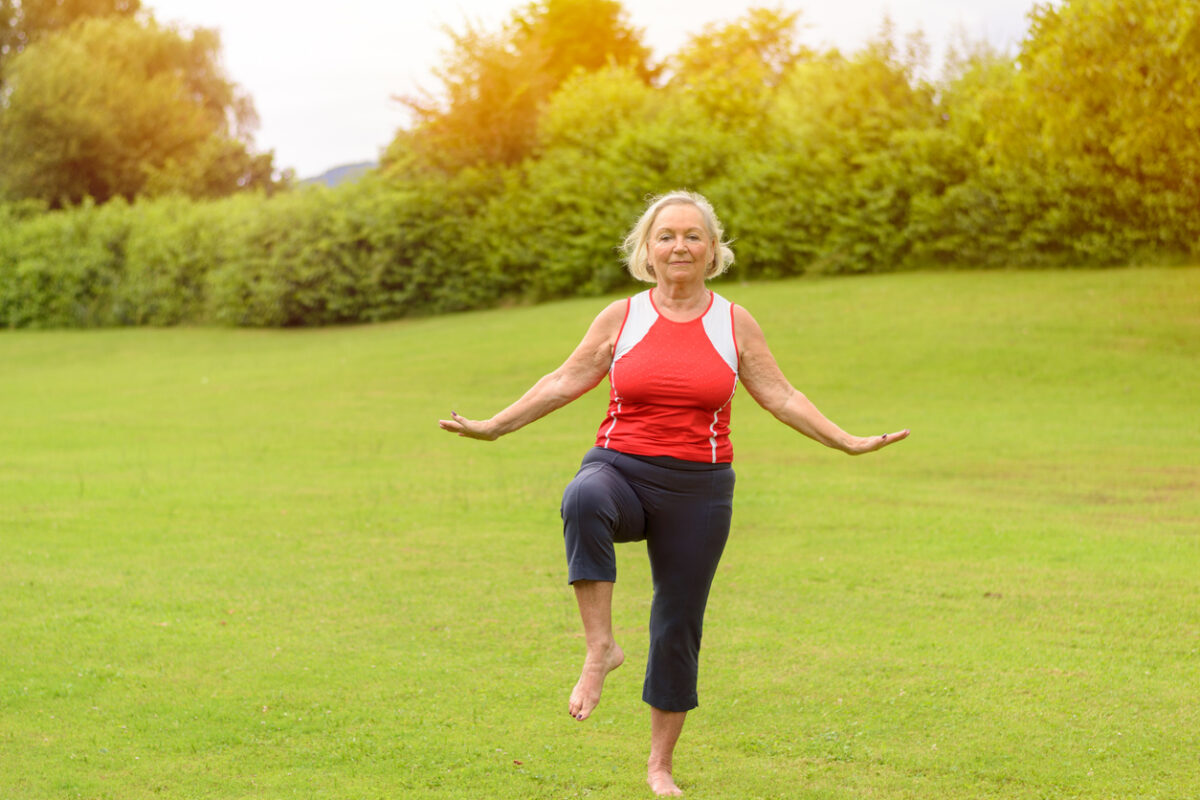Discover Nutritious Japanese Cuisine
Discover nutritious Japanese cuisine with a variety of dishes rich in fresh and seasonal ingredients. From sushi and sashimi to miso soup and grilled fish, healthy Japanese food choices will provide you diet with balance and harmony.
Incorporating a wide range of vegetables, seafood, and lean proteins, it offers a healthy and delicious dining experience. Don’t miss out on trying traditional dishes like tempura, ramen, and bento boxes that showcase the flavors and textures of Japan.
Experience the art of Japanese cooking and nourish your body with a culinary journey through this unique and diverse cuisine.
Low-Calorie Japanese Meals to Keep You Fit
Low-calorie is one of the best features of most Japanese foods. From vibrant salads to nourishing soups and light grilled dishes, Japanese cuisine offers a plethora of options for those looking to maintain a balanced diet.
Incorporating ingredients like tofu, seaweed, and fresh vegetables, these meals are not only delicious but also packed with nutrients. By choosing traditional Japanese dishes, you can enjoy satisfying and flavorful meals while supporting your fitness goals.
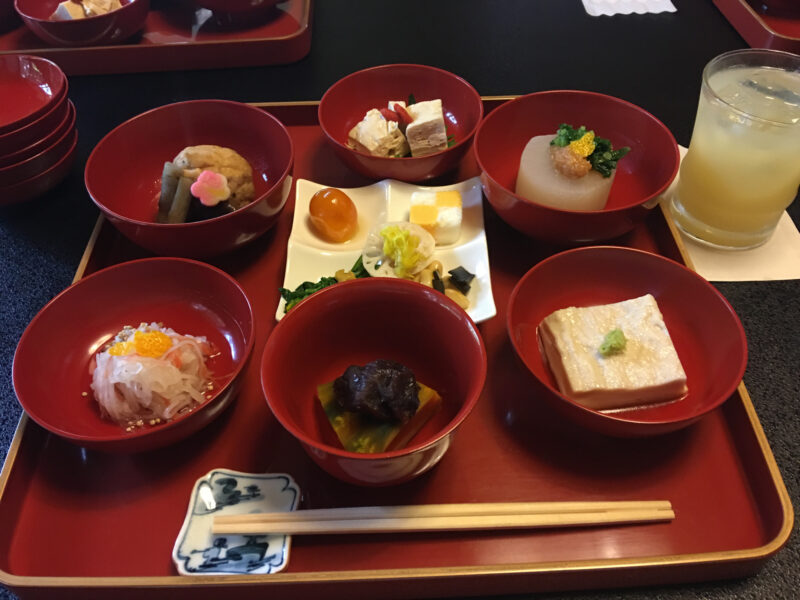
Well Balanced Japanese Dishes
Japanese dishes are well known for their balance of nutrients, making them a healthy choice for many people. Traditional Japanese meals typically consist of a variety of dishes, including rice, fish, vegetables, and soy foods like miso and tofu.
These ingredients provide a good balance of carbohydrates, protein, vitamins, and minerals. In addition, they are rich in dietary fiber.
The use of fresh and seasonal ingredients in Japanese cuisine ensures that meals are both nutritious and delicious. Overall, Japanese dishes are a great way to maintain a well-rounded and healthy diet.
How to Take Healthy Japanese Food Choices on a Budget Outside Japan?
In Restaurants
To enjoy Japanese foods on a budget outside Japan in restaurants, here are some tips. Look for Japanese restaurants that offer lunch specials or happy hour discounts. Opt for smaller portions or set menus to save money. Consider dining at budget-friendly sushi conveyor belt restaurants or ramen shops. Take advantage of food delivery services or order takeout to enjoy Japanese cuisine in the comfort of your own home. Lastly, keep an eye out for promotions or coupons that can help you save money while savoring delicious Japanese dishes. By being resourceful and strategic, you can enjoy Japanese foods without breaking the bank.
By Catering
Taking Japanese foods on a budget outside Japan can be done through catering services that specialize in Japanese cuisine. Look for catering companies or restaurants that offer affordable Japanese food options, such as bento boxes, sushi platters, or ramen bowls. You can also consider ordering in bulk or opting for set menus to get more value for your money.
Easy Cooking On Your Own
Taking Japanese foods on a budget outside of Japan can be done by cooking on your own.
Purchase basic ingredients like rice, soy sauce, miso paste, and seaweed at local supermarkets. You can easily make simple Japanese dishes like sushi rolls, ramen noodles, or teriyaki chicken at home.
Look for recipes online or in cookbooks to recreate your favorite Japanese dishes. By cooking at home, you can save money compared to dining out at Japanese restaurants.
Additionally, consider shopping at Asian grocery stores for more affordable options on specialty Japanese ingredients. Enjoy delicious Japanese meals without breaking the bank!
Miso soup: Japanese Healthy Staple
A natural supplement to balance your hormone, extracted from Miso
Most healthy Japanese food choices are accompanied with the Japanese staple, Miso soup made from Miso, fermented soybean paste. Actually it is one of the key to health when you take Japanese foods.
Miso has a lot of health benefits and makes Japanese people healthy. One notable benefit of Miso is that Japanese women experience far easier menopausal experiences than Westerners. You can enjoy the same health benefits with this natural supplement.
Juveriente®’s Effisoy, launched in 2016, based on fermented soybean germ extract has been loved as a natural menopause relief since its launching in 2016.
Its primary function is to boost the weakened synthesis of a hormone precursor, DHEA. It’s safe as it only heals the natural synthesis function. The hormone boost doesn’t provide the only relief from menopausal symptoms. It also supports various aging and hormonal imbalance issues like insomnia, weight increase by aging, etc.
Here are some of the real product reviews in our Amazon shop.
“Restful sleep finally!!”, “I Am Now Free of Hot Flashes!!”, “Lifesaver”



